Media | Articles
Is your fuel stabilizer actually hurting your car?
Putting your beloved ride away for the season and enduring months of watching it sit in place, wishing you could just go for a drive, is an unfortunate reality of winter vehicle storage. Worse is the notion that your careful storage prep routine includes a common misstep that will set you up for a bad experience come springtime. That’s exactly what FortNine digs into with this latest video about fuel stabilizers:
I am usually the first to throw shade at YouTube “tests” conducted using far from bulletproof science, but even these informal tests shed thought-provoking light on how different chemical compounds affect your car’s performance.
These fuel stabilizers typically have bold claims printed on the label, designed to appeal to the type of person who cares more about protecting their engine than buying the right pet food. I know I am more particular about the fuel I feed my internal combustion companions than the food I feed my fluffy cat friends, but as this video explains, one group has a lot less side effects from corn content.
The ethanol in modern fuel is hygroscopic, meaning it attracts water. That H2O content can reach a point where it will separate from the fuel, especially in long term storage. That water sitting at the bottom of the tank is the first thing to be picked up by the fuel pickup. To address this, the stabilizer concoctions work to lower fuel’s ability to pick up that moisture. They might also add some type of alcohol so that the heavier mixture will burn—however poorly—when drawn into the fuel system and dispersed in the combustion chamber.
Marketplace
Buy and sell classics with confidence
Yes, almost all of these mixtures help in some fashion, but a few caused damage in other ways compared to the test’s control sample. A few of the products tested led to greater corrosion, due to a lack of additive preventing the growth of rust and allowing a greater ingress of moisture. That moisture will—at best—make for a hard starting car in the spring and a rusty mess of a fuel system if left alone too long. Our vintage cars often have steel fuel lines and tanks, so any moisture just sitting around is bound to cause trouble.
In the end, the best solution with a vintage engine is to start with non-ethanol fuel. Fuel blends contain a lot of additives already and, as pointed out in the video, if there was one miracle cure that could be added to fuel to prevent all such problems, it would likely already be in the gas from the pump. Ethanol is what causes most of the problems associated with long-term fuel storage in an old car or bike. Barring the option of getting pure gas (also known as recreation gas), K100 and STA-BIL came out on top as recommended from the products sampled because STA-BIL and K100 both reduced the absorption of moisture and reduced corrosion.
Personally, this puts my mind at ease because as I have been a STA-BIL fan for years. Of course, I’ve never had more than my own anecdotal evidence to back up a recommendation, and I am often adding it to ethanol-free fuels from the outset. Now go forth and store with confidence! Hopefully spring arrives sooner than later.
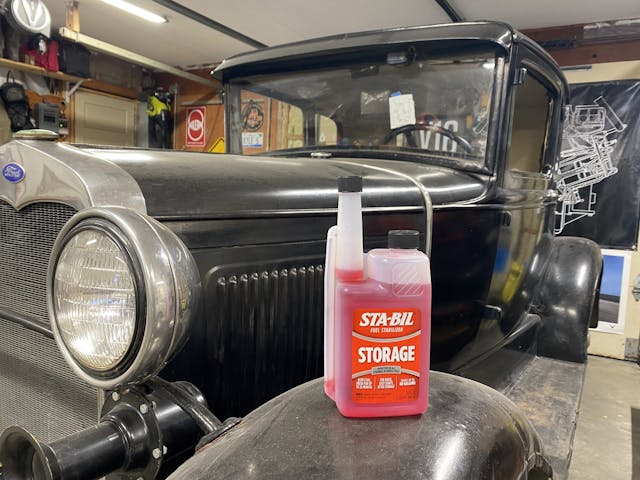
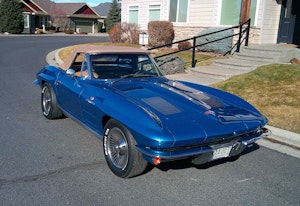
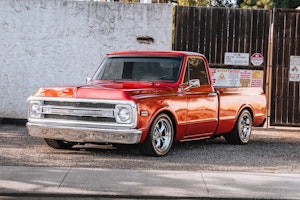
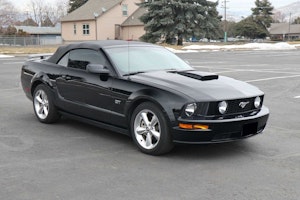

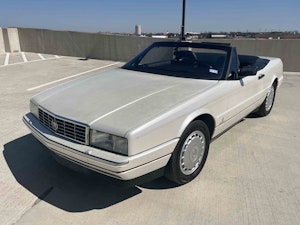







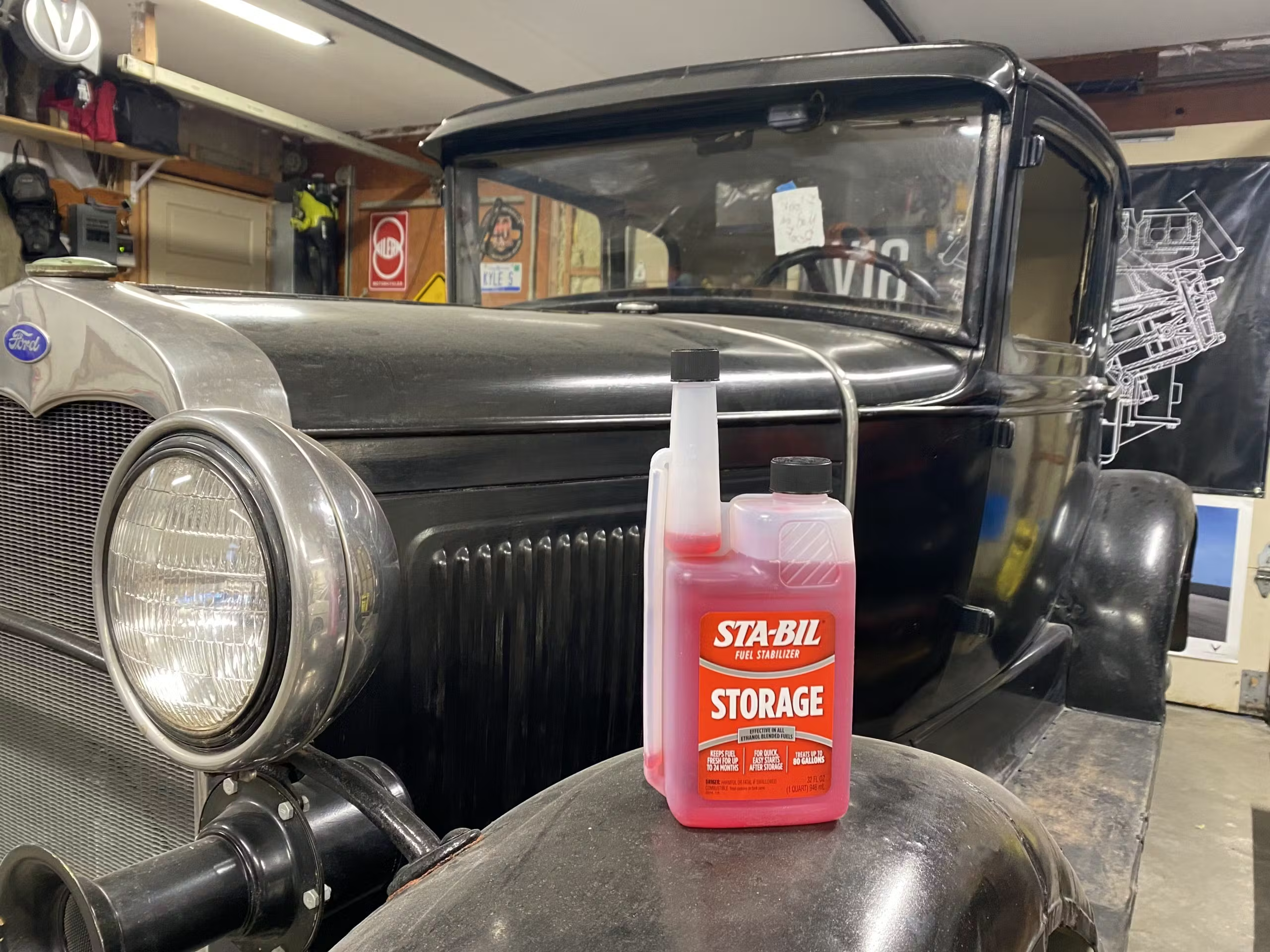
Are you saying that stabil offers some protection if not what other additive can boost gasoline fuel stability?
THANK FOR THAT INFO KNOW I CAN FEEL GOOD ABOUT WHAT IM USEING THANK YOU.
what about blue marine stabil?
I’ve used Sta-bil on the fuel for the lawnmower but never on the car. When it was stored I just started the car every week.
Kyle I feel like we must be related in some way. Like you, I have my Dad’s 1931 Model A to care for. Your chemicals drawer/container looks just like mine. Hope I never have a fire in the garage. 🙂 I was also into motorcycles when I was younger and am thinking about purchasing one again. Must be an end of life crisis. I’m 65. I find your articles the most useful in learning more about cars/bikes and the tools and consumables. I find your articles the most relatable.
I have been using Sta-Bil when storing my vehicles for ever, and never had any issues… When gasoline had the MTBE ?? additive, I used the Red Sta-Bil, but when they switched to Ethanol, I switched to the Blue/Marine Sta-Bil as the Ethanol attracts moisture… I’ve had my 71 El Camino for 30 years, so I’m not going to stop now…
Have you guys ever thought about something other than the obvious?
Bell Performance – Ethanol Defense and/or Mix-I-Go.
Try it, you might like it.
I agree. I have been a big fan of Mix-I-Go for 25 years. Bell makes a great diesel additive too
Interesting. I switched from Sta-bil to Seafoam several years ago, and have never had a problem. This info has me considering switching back next year.
I didn’t know that ethanol-free gas was available in the USA. Here in Southern Ontario, I use only Shell V-Power (a Top Tier gas) which is ethanol-free (pump-labelled 0% V-Power; 5% Silver; 10% Bronze). Also, V-Power only, for lawn mower, chain saw, and outboard motor. I’ve yet to meet a small-engine or outboard motor dealer who doesn’t complain about ethanol, or who knew that V-Power doesn’t have that stuff in it. My local gas station owner, tells me that Shell will stop producing this ethanol-free product, but I have seen a conformation of that on the internet. Shell should know that owners who have this concern about corrosion & storage, are faithful to their V-Power.
Correction of my last comment: I have NOT seen a confirmation of that on the internet. (That Canadian Shell will drop their ethanol-free product). All Shell gas is Top Tier—something my Chrysler Pacifica handbook recommends at all times, and also something that Consumer Reports recommends.
Take what consumer reports writes with a grain of salt. Their once unbiased facts gathering has been replaced with a collection of subjective anecdotes and underlying biases. Not just in cars, appliances and other equipment too. Their info isn’t invalid, but one should always confirm their for signs with a second source.
That said, if you have a truly vintage car – get a vintage fuel from a race gas supplier. VP and Sunoco sell it, as do other smaller regional brands.
I use leaded fuel in my older cars, lawn equipment, ATV, and anything without a catalytic converter. The fuel lasts years with only minor cold start issues after 2 years. Modern pump fuel is trash. Especially the California-spec donkey wiz we get in PHx.
Shell has already changed in western Canada to adding 10% ethanol to all 3 grades. In some markets they have dropped midgrade (89 AKI) and now offer 87/91/93 AKI. 91 & 93 are both labelled as V-Power and all grades labelled as “may contain up to 10% ethanol”, They all now contain 10% ethanol. I expect all grades will contain 10% ethanol in Ontario in the near future.
Mr. Bateman.
Your local gas attendant is correct, Shell V Power will soon be taken off their product offering.
It will only be available in Northern Ontario given the cold temperatures prevalent there.
However, regardless of what the tag says, I am not completely sure that it is 100% ethanol free.
If you google what gas stations in Canada are completely ethanol free, I did not see it listed.
I have a 1969 ‘MGB’ which requires a minimum ’98’ octane. The only gas I use; and it the highest octane available in Southern Ontario is Petro-Canada Ultra which has a ’94’ octane level and is supposed to be 100% ethanol free. That plus a fuel stabilizer which boosts the octane level by ‘4’ gives me the ’98’ I need.
The fuel stabilizer I use, also does what the Sta-bil does; since it is not available in Ontario to my knowledge, and addresses the moisture issue discussed above.
Very hard to find. Only one station in my area has non-ethanol gas and it is $1 over the cost of the premium.
Some of my cars have never seen ethanol. My daily driver gets ethanol fuel since I burn it up quickly. My outdoor equipment and generator gets no ethanol 89 octane along with star tron I’ve been using Star tron in my motorcycles for years with Zero problems.
All you folks talking about ethanol… you should go to https://www.pure-gas.org and look up your state to find stations that sell ethanol-free gas.
You can start there with thier map but always call first to make sure they still sell it as many of listed places have dropped ethanol free fuel.
Been using Sta-bil in a ‘74 Bronco for 20 years & in a 66’ Bronco for 12 years without a problem. I’ll continue the process as each is stored for 6 months at a time.
I’ve been using Stabil to store my NA Miata for 22 years. Never had any problems .
I made the mistake of using Sta-Bil (based on reputation) years ago during the first winter I garaged my Goggomobil. It turned the oil in the gas to a sort of gel. The Goggo is a 2-cycle car, and I lived in northern Massachusetts. After that I made sure to run the tank dry before putting the car to bed for the winter.
I have been using Startron for years with excellent results. Start right up after winter hibernation. TruFuel is all that goes in my 2 cycle equipment